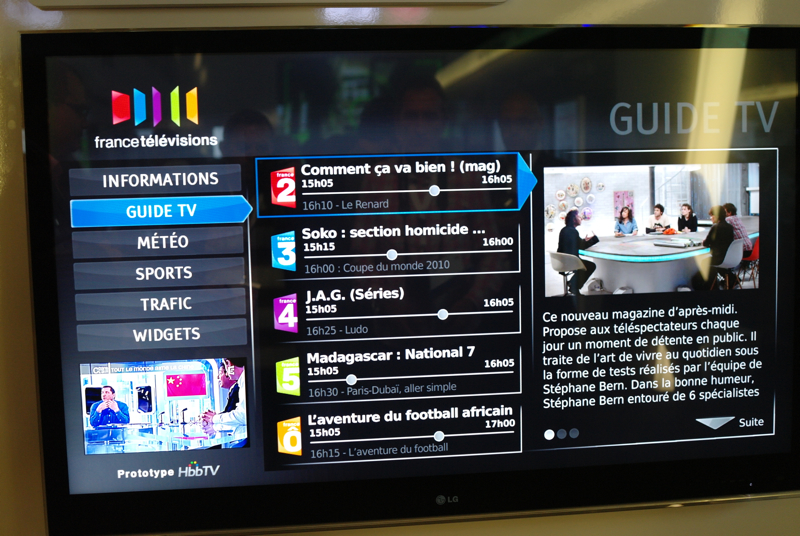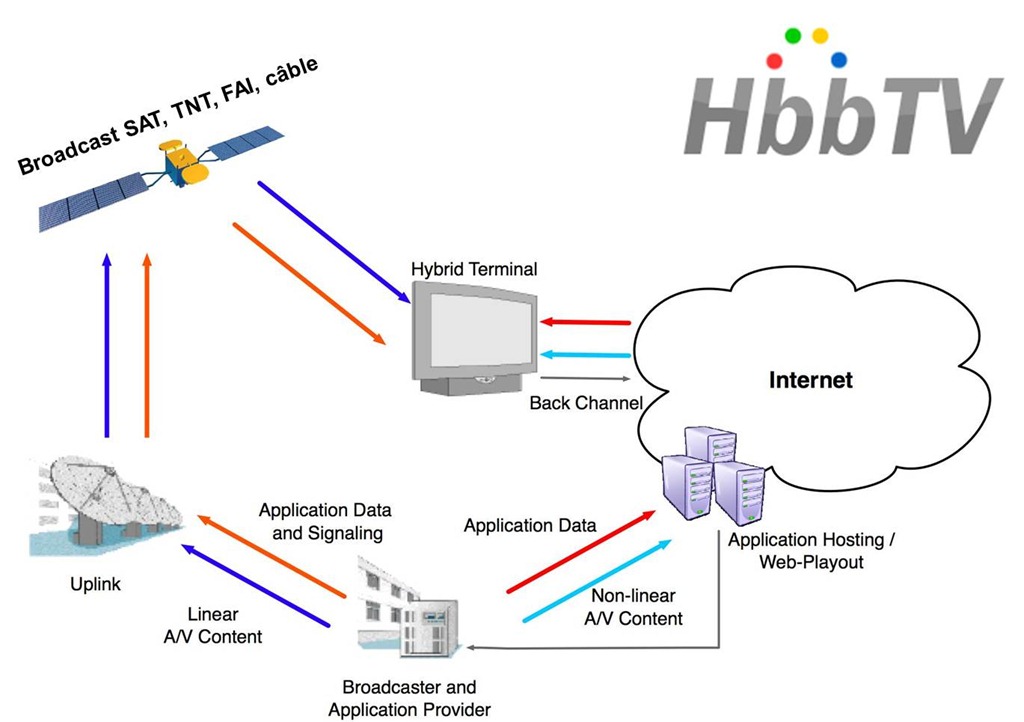BLOG

Date: 27 March 2024

But does that end the demand for linear television content? The data certainly does not show that. In the US, viewers in 2023 spent 60% of their time watching linear television content. Linear TV is back with the potential using advanced technologies such as FAST and HbbTV. We have discussed FAST in our blog before.
Today, let’s discuss HbbTV (Hybrid Broadcast Broadband TV), which makes linear television as interactive and engaging as Smart TVs. This technology revolutionizes the use of linear television by combining a broadband connection with a broadcasting signal.

Many might doubt the need for linear television in the age of smart TV. However, the increased popularity of linear television over the years has cleared our thoughts to a certain extent. It is evident that people around the world still enjoy scheduled content telecasting. A set-top box and a dish antenna are still in demand, but what is bothersome is the non-personalized and repeated content irrelevant to the viewers.
Here, we bring our attention back to the digitalization and personalization that HbbTV solved. HbbTV is a tech community formed in 2010 to provide customized content to linear television viewers. Many media companies around the world have adopted the technology, providing viewers with personalized content, such as relevant ads.
As the name suggests, HbbTV runs on the internet and collects data to provide more engaging content.
HbbTV applications are developed using web technologies such as HTML, CSS, MSE, EME, and TTML. With the specific URLs of each, they are typically hosted on the cloud servers. It is an association comprising broadcasters, internet and technology providers, and device manufacturers. All of them, at a different level, create and manage HbbTV while ensuring its compatibility across devices and networks.
What do you need a smart TV for when interaction, personalization, and engagement are on the tip of your fingers? HbbTV standards ensure personalized and relevant ad content to the target audience through an adequate data analysis process. It allows viewers to interact with any ads, quizzes, or polls just by using the remote.

HbbTV creates opportunities for linear TV advertisement by offering reference ads or independent ad modules. For example, using this technology, advertisers can make their ads pop up when a similar context is set on screen. This also allows viewers to interact with the ad in real time and create an interaction if interested, possibly a purchase.
There are other advertisement formats, such as:
The HbbTV standard ensures all these ads are target audience-based and can be controlled with the TV remote.
The major focus of HbbTV is now on personalized ads, which successfully change the viewing habits of linear television users. Since 2011, HbbTV has had 75 members worldwide who avail themselves of their service on different devices around the world.
Countries like Germany, France, Spain, Denmark, and many Middle Eastern countries, as well as a few Asian countries, have adopted the technology and are running it successfully. HbbTV’s 2.0 release also allows users to interact using devices other than remote, such as mobile phones, tablets, laptops, etc.
With all the recent advancements, HbbTV has become highly significant in the world of linear television. Digital television might have its own user base, but linear television with HbbTV creates an option for users not willing to scroll through on-demand programs. The scheduled content is more comforting for them, with personalized ads similar to those on digital TV.

SHARE THIS ARTICLE
Stay up to date on latest trend in video tech
Related Posts
ALL RIGHTS RESERVED © LOGITUIT 2025 ( A registered trademark of EMTARANG TECHLABS PVT. LTD.)
To provide the best experiences, logituit.com use technologies like cookies to store and/or access device information. Consenting to these technologies will allow us to process data such as browsing behaviour or unique IDs on this site. Not consenting or withdrawing consent, may adversely affect certain features and functions.